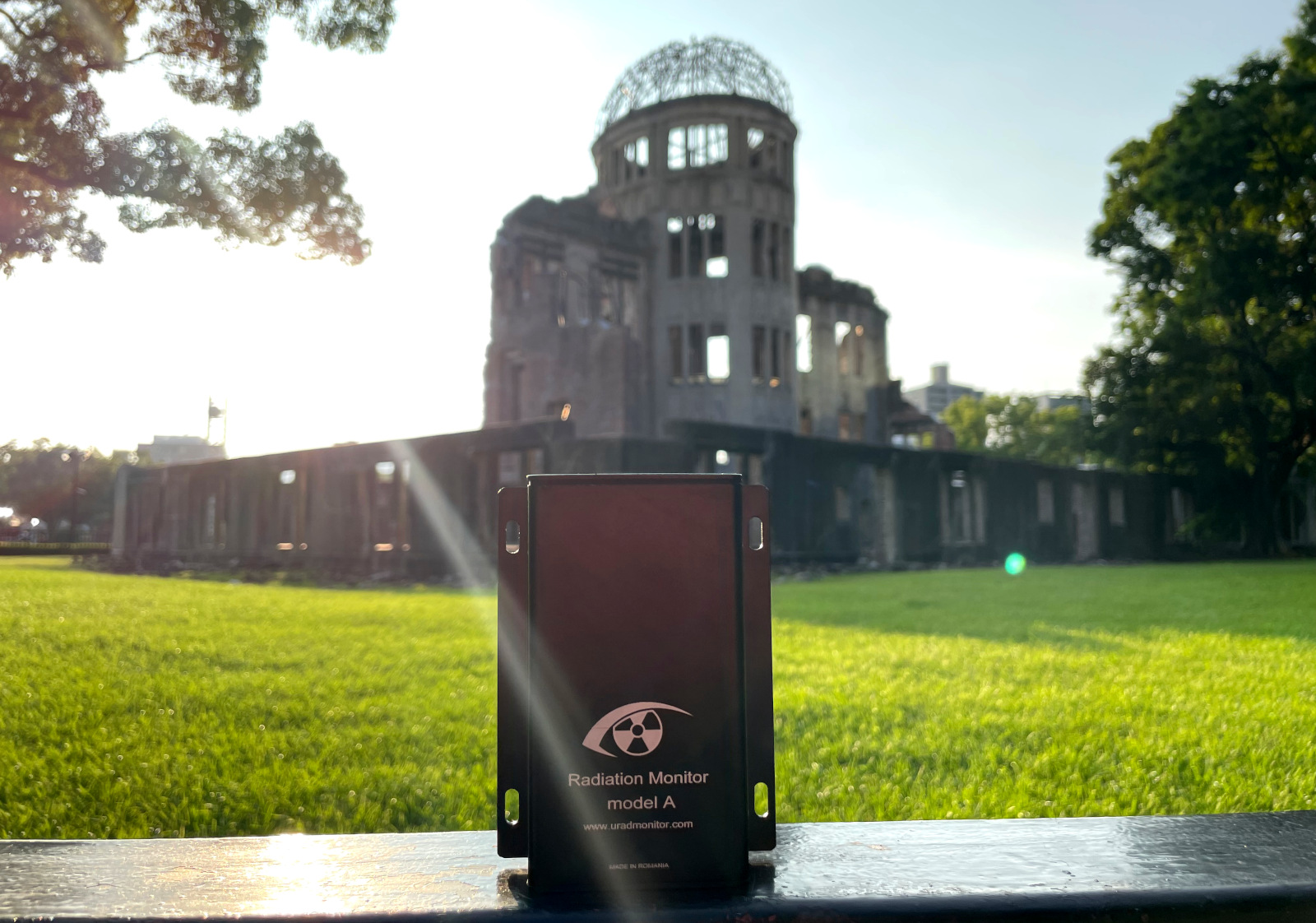Today in Hiroshima, a Ceremony marks 79 years since the devastation of humankind’s first use of a nuclear weapon in war. In a moment of unprecedented global tension, the Japanese people remind the world of the horrors of nuclear war and hope the mistakes of the past not be repeated. About 50,000 people took part […]
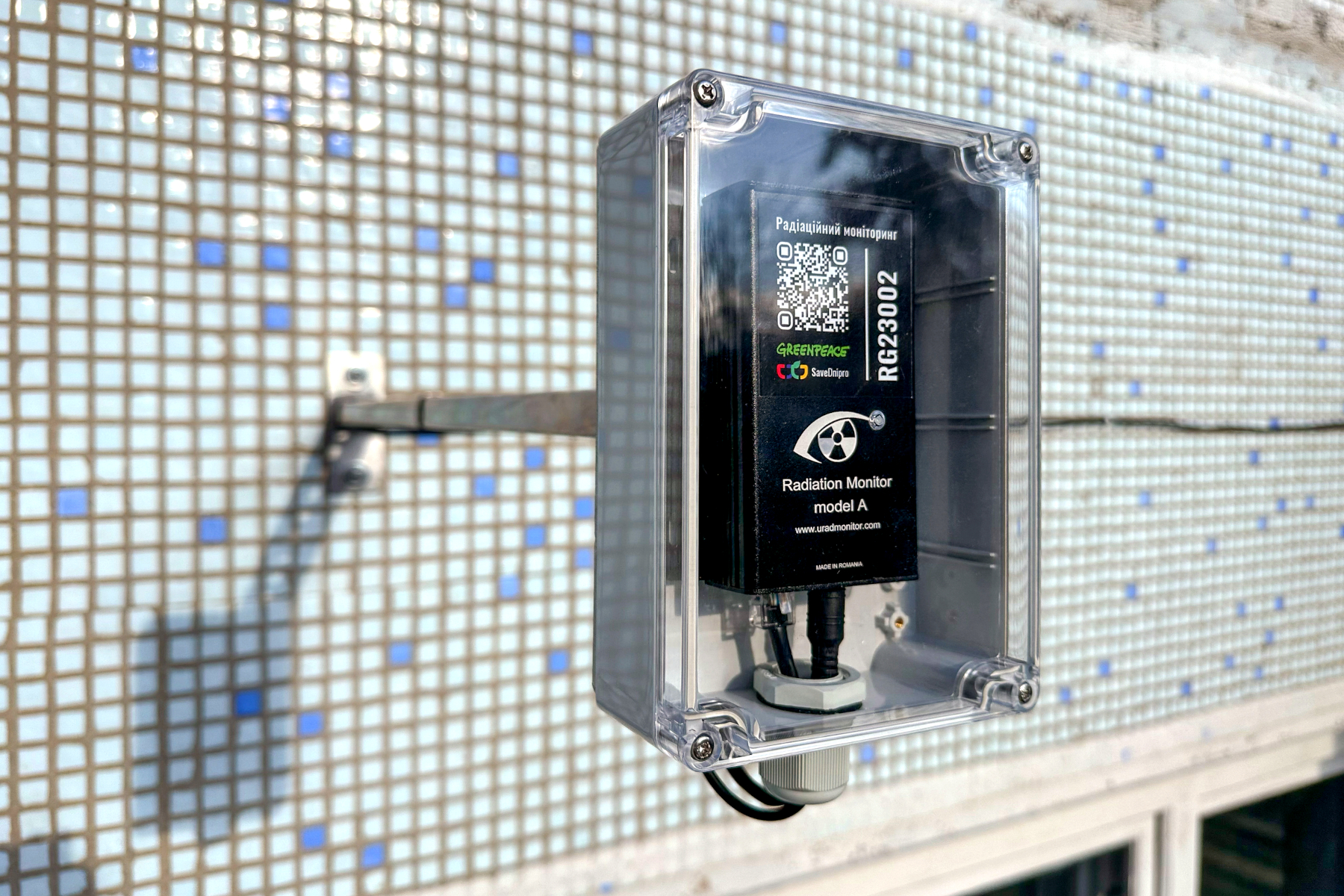
SaveDnipro and Greenpeace install radiation sensors in Ukraine
“Our radiation sensors can’t stop radiation, but they can provide vital information that can save lives in the possible event of a deliberate nuclear disaster. Having listened to the voices of local authorities and politicians across southern Ukraine, and following up on their efforts, Greenpeace is deeply committed to its work of supporting the Ukrainian […]
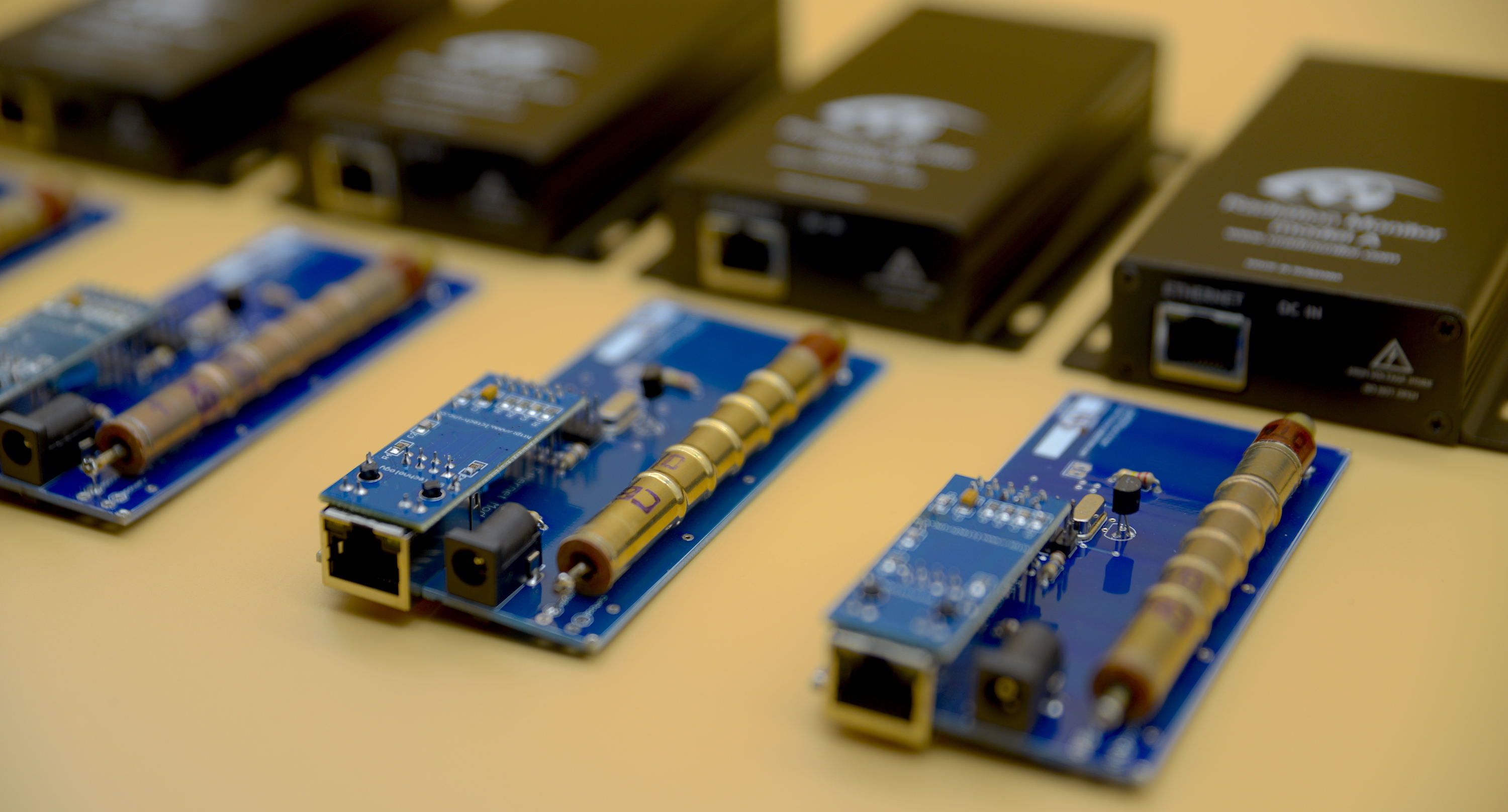
GreenPeace joins Radiation Monitoring in Ukraine
The year 2022 brought a cynical demonstration of the fact that part of humanity has not yet overcome the barbarism specific to the Middle Ages. This happened through the military incursion of the Russians into the peaceful Ukraine. One thing led to another and not long after, strategic objectives were under fire including Zaporizhzhia Nuclear […]
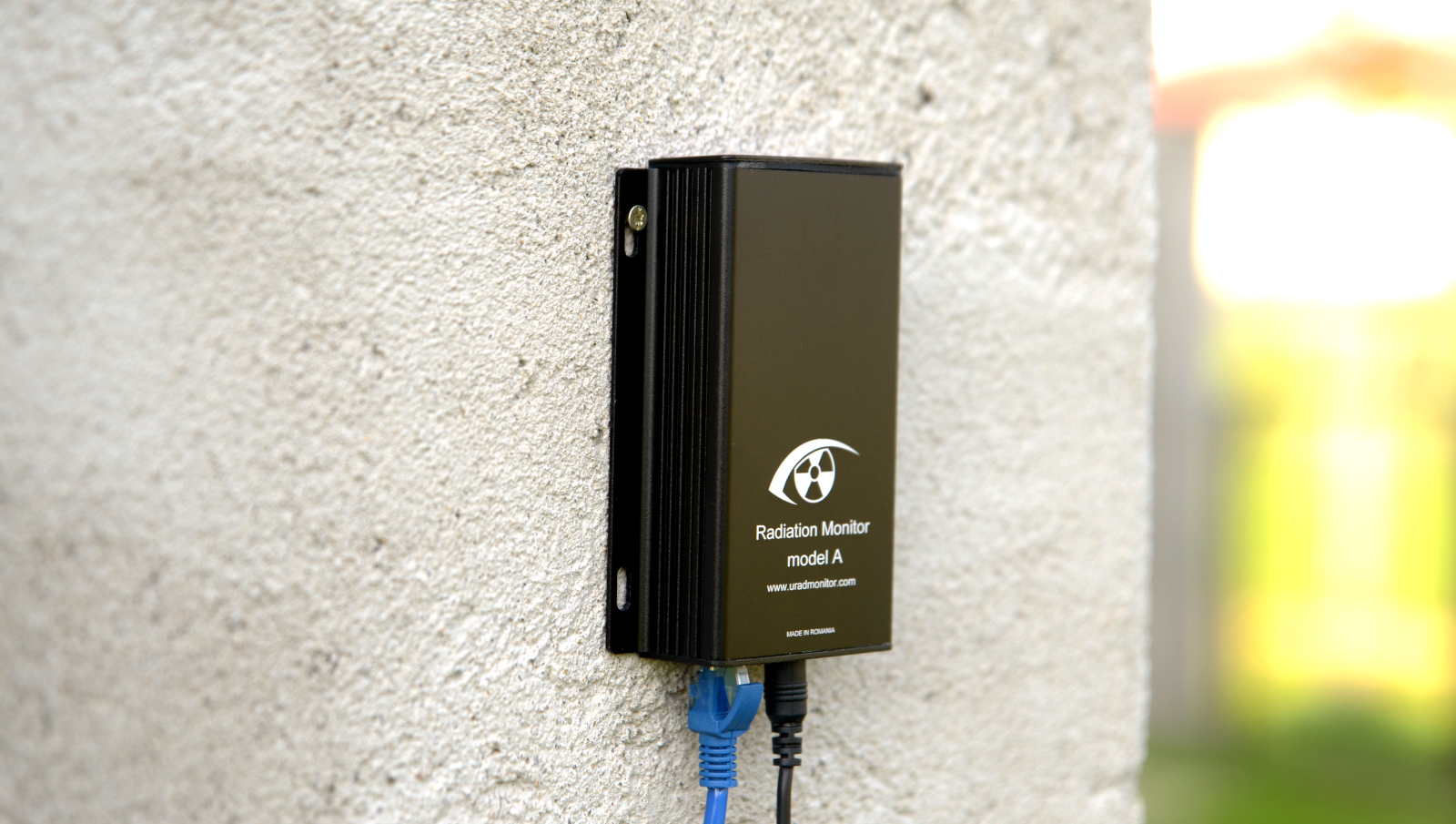
uRADMonitor Radiation sensors in Ukraine
Following the anouncement on the radiation sensors we sent to Ukraine to help monitor the Zaporojie area there are some new developments. The sensors arrived and are being installed by SaveEcoBot and their partners. This effort was also documented by the local press, Buletin de Bucuresti and Observator Antena 1. The first sensor to go […]
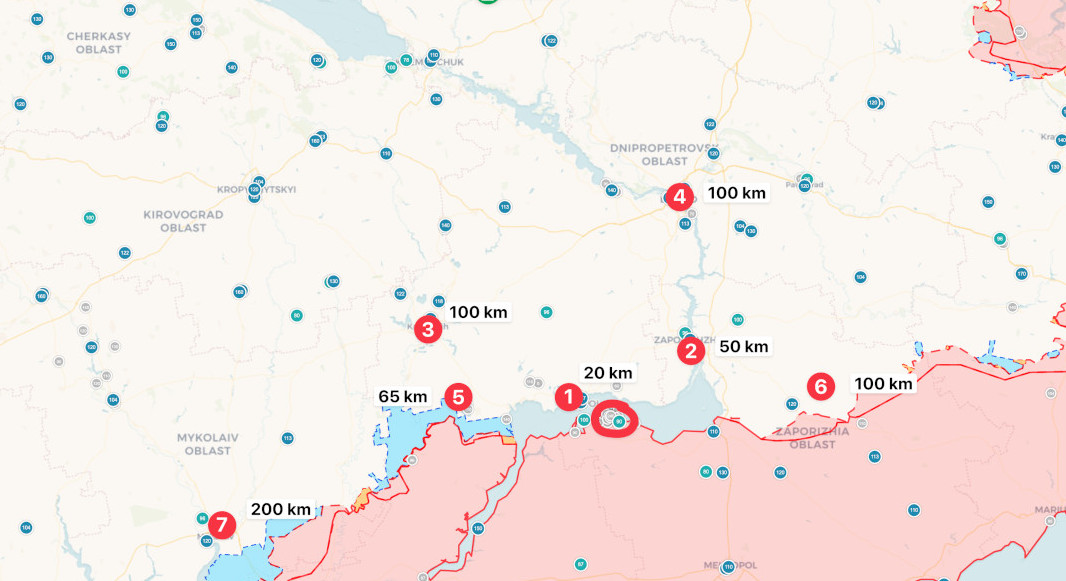
Model A sensors donated to Ukraine
In a world overwhelmed by post-pandemic problems, with a terrible widespread drought, with instability in several important markets raising concerns of a new global economic crisis, Russia thought to top up the list by unleashing one of the most barbaric aggressions that Europe has seen against the peaceful state of Ukraine.And where there is no […]
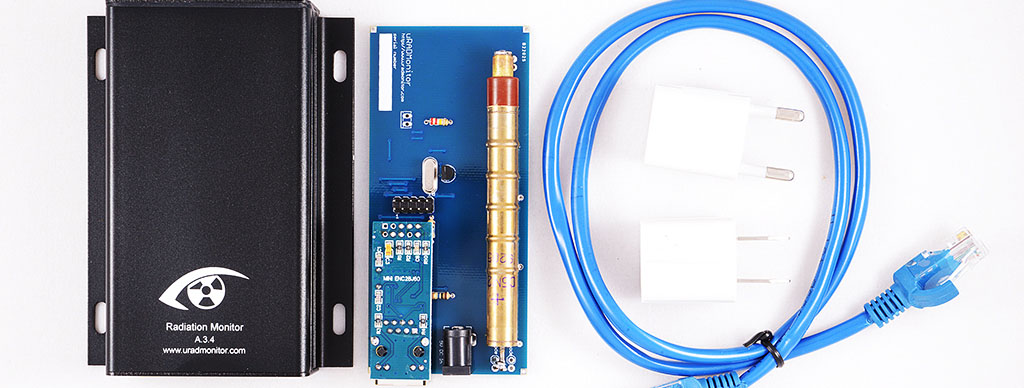
First indieGogo funded unit went online
There are now three uRADMonitor units running in Poland. The last one went online this month, and even if it’s technically similar to the other two by being a model A unit, it is special because it’s the first indieGogo funded unit to go online, part of the first batch of perks delivered. Thanks to […]
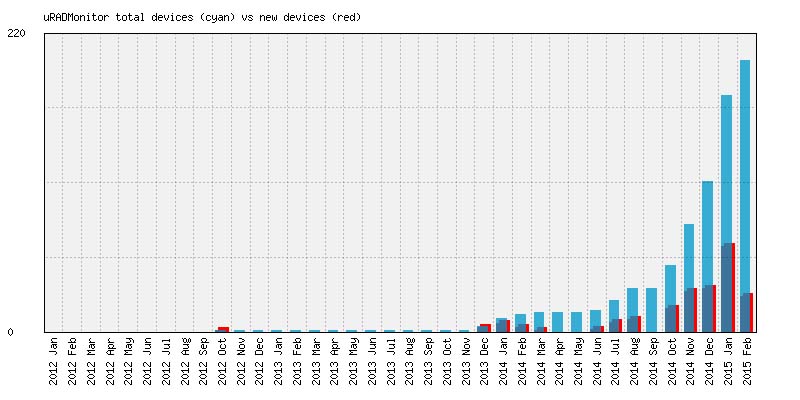
Two hundred uRADMonitor units
Not long after the 2014 summary announced a first achievement of 100 units deployed globally, the network has already doubled its size, with a total of two hundred units installed or in transit to their new location. The new locations are many and it would be a rather complicated task to name them all in […]
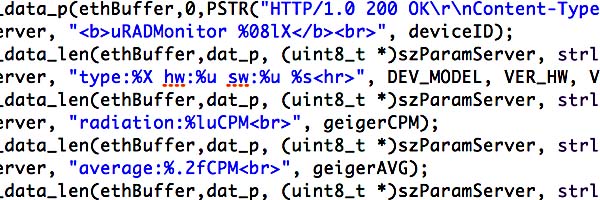
Model A New firmware v111
With the uRADMonitor network covering more ground, constant effort is invested in making the project serve its purpose better. Code improvements come with extra features or better stability, and new firmware updates are released to anyone interested in upgrading their units. Firmware 111 is the latest code released for the uRADMonitor model A units. We […]

The Compensation Capacitor
Normally, the Geiger tube delivers a sharp short pulse, with an abrupt descending path, as the quenching gas very quickly neutralises the conductive ions, and so terminating the current flow. The uRADMonitor pulses appear with a slightly rounded tip because an extra capacitor is added in the circuit, named the “compensation capacitor”. All uRADMonitor model […]
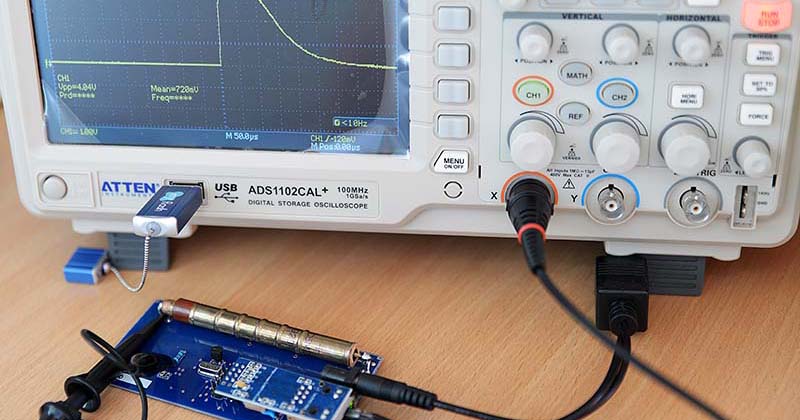
Checking the Geiger tube
The Geiger tubes used in uRADMonitor model A units are mostly the SBM-20 or the SI-29BG, both of Russian provenience, manufactured at military grade specs. Therefore they were meant to resist fluctuations over a wide interval of temperature or pressure. If a tube failure is suspected for a particular uRADMonitor unit, for example when the […]
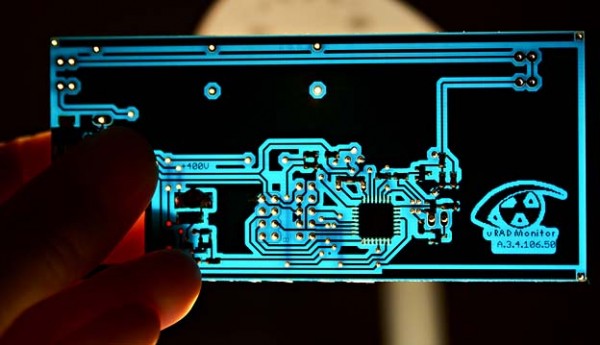
Model A firmware upgrade guide
As a project targeting global coverage, uRADMonitor was designed with all the important features right from the start: the units are plug and play, the network settings are automated via DHCP, the location is estimated automatically based on IP and so turning the unit on is enough to have a new node on the map, […]
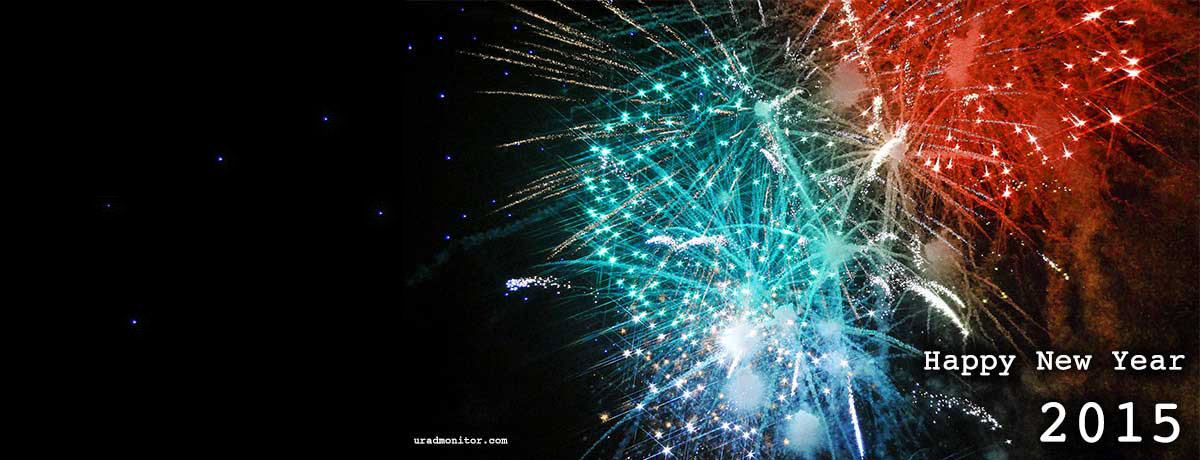
A year to remember
2014’s last day is slowly passing by. For what uRADMonitor is concerned, the passing year was one to remember. It was 2014 where this entire project practically started: it moved from an idea to a prototype and then into production, for now to see it expand quickly all over the world. The solution is already […]
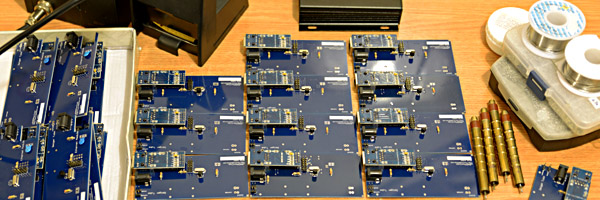
Hard to solder
It’s been another day, full of…soldering. To cover the high demand, I’ve been hard at work producing more units for those interested in helping the network expand. Here’s more than 20 PCBs. Tubes will be added later, also the software, and the calibration tests. It’s a lot of work, but the neat results make it […]
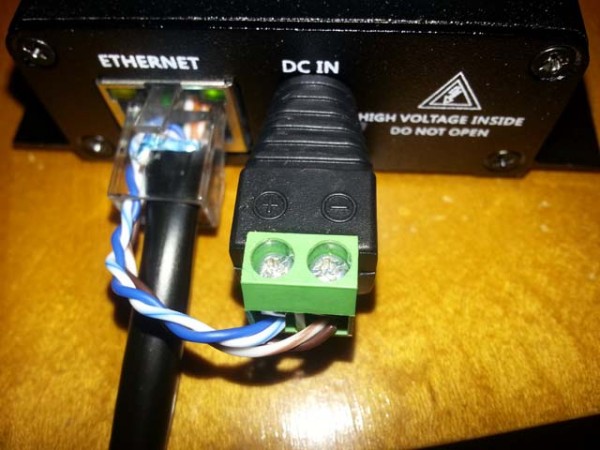
Powering the uRADMonitor via PoE
When I received my URAD Monitor, I was trying to think of the best placement where it would satisfy the requirement to be outdoors but still remain close to a power source. Having worked with PoE WiFi devices before, I contacted Radu to mention a PoE solution I was considering. Since I was able to […]
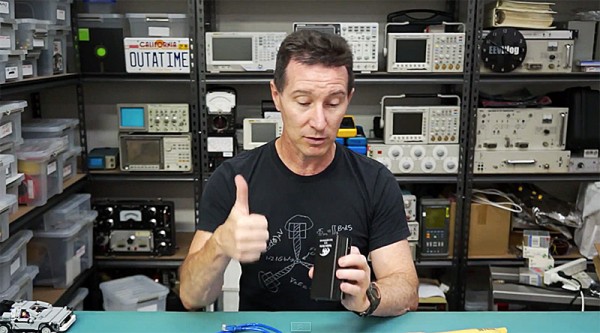
uRADMonitor Model A featured on EEVblog Mailbag
Dave Jones, from EEVBlog, did a nice review of uRADMonitor and covered everything from unpacking the unit to powering it up and getting the data online. Take a few minutes to watch Episode 686: Interested in joining the network? Click here.
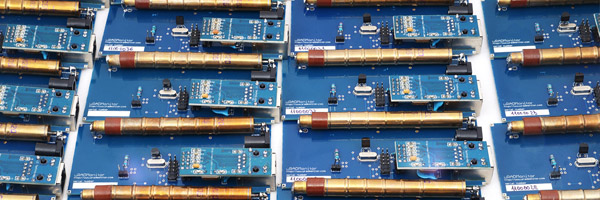
Producing the uRADMonitor – New units available
In an effort of expanding the network even further, several new units have been prepared and are ready to ship. But, creating a device that will function perfectly in a distributed environment is not an easy task. Yet, from its relatively early start, uRADMonitor has already spread to all major continents and continues to grow. […]
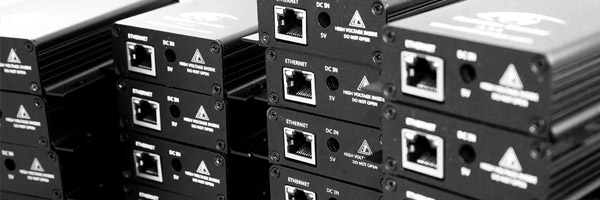
Several new units went online worldwide
Following the large number of units recently shipped out, several new units went online in various corners of the World: 41000005, in Belt, Montana, US 11000015, in Helsinki, Finland 11000017, in Paris, France 11000018, in La Breille les Pins, France As these new devices reached their destination and were connected to the Internet, all 4 […]
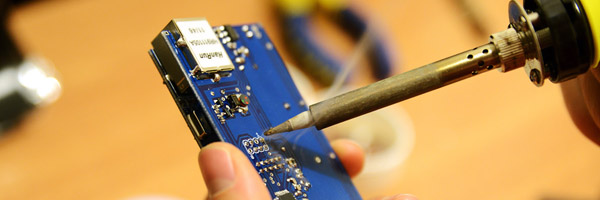
Multiple new units joining the network
Some of you might have noticed the high number of units that recently appeared on the map around Timisoara. They are part of a new batch of units with some of them already in transit to locations all across the Globe. The units were tested and calibrated manually, to make sure they will function perfectly. […]
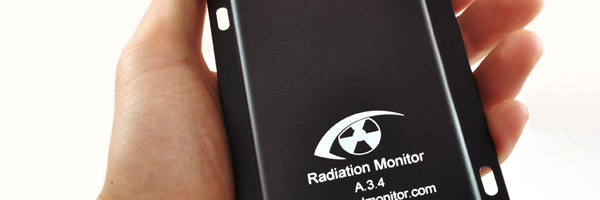
uRADMonitor Model A Video
With the approaching HackADay prize stage 3 competition, a new uRADMonitor Video has been added according to the competition’s rules. The uRADMonitor is a digital radiation dosimeter, enclosed in a rugged aluminium case. Designed to function as nodes, in a distributed network of radiation monitors,the uRADMonitor units are working together to achieve environmental radiation surveillance […]
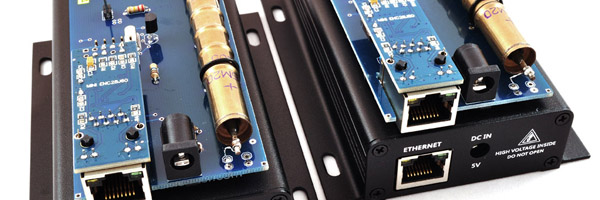
Model A – Production Ready!
The uRADMonitor Project is a network of radiation detectors covering locations all over the Globe. The Model A is the first designed, it is an automated GM detector in a rugged aluminium housing which responds predominantly although not exclusively to gamma radiation. Count rate data is recorded and transmitted continuously via built in Ethernet adapter […]
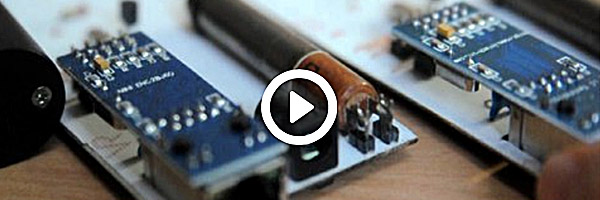
Hackaday Prize 2014 Model A Video Presentation
To comply with the requirements of the HackAday.io “send me to space” Hackaday Prize 2014 competition, we’ve made a short video as an introduction to the uRADMonitor project. The video presents only a few succinct details, but for more information you can read the additional articles on the uRADMonitor blog. And don’t forget to vote […]
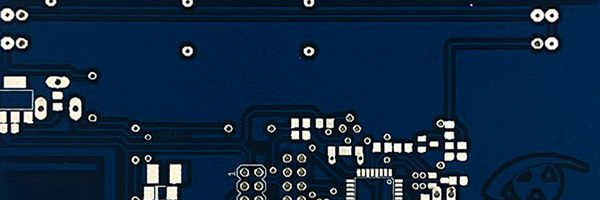
Producing the uRADMonitor – the circuit boards
The first uRADMonitor units were built by hand as prototypes, a time consuming task involving a lot of attention that often led to results of only satisfactory quality. Very frequently it was the PCBs that simply weren’t good enough when made by hand: defects were frequent and repairing them was nearly impossible. Luckily the usual […]
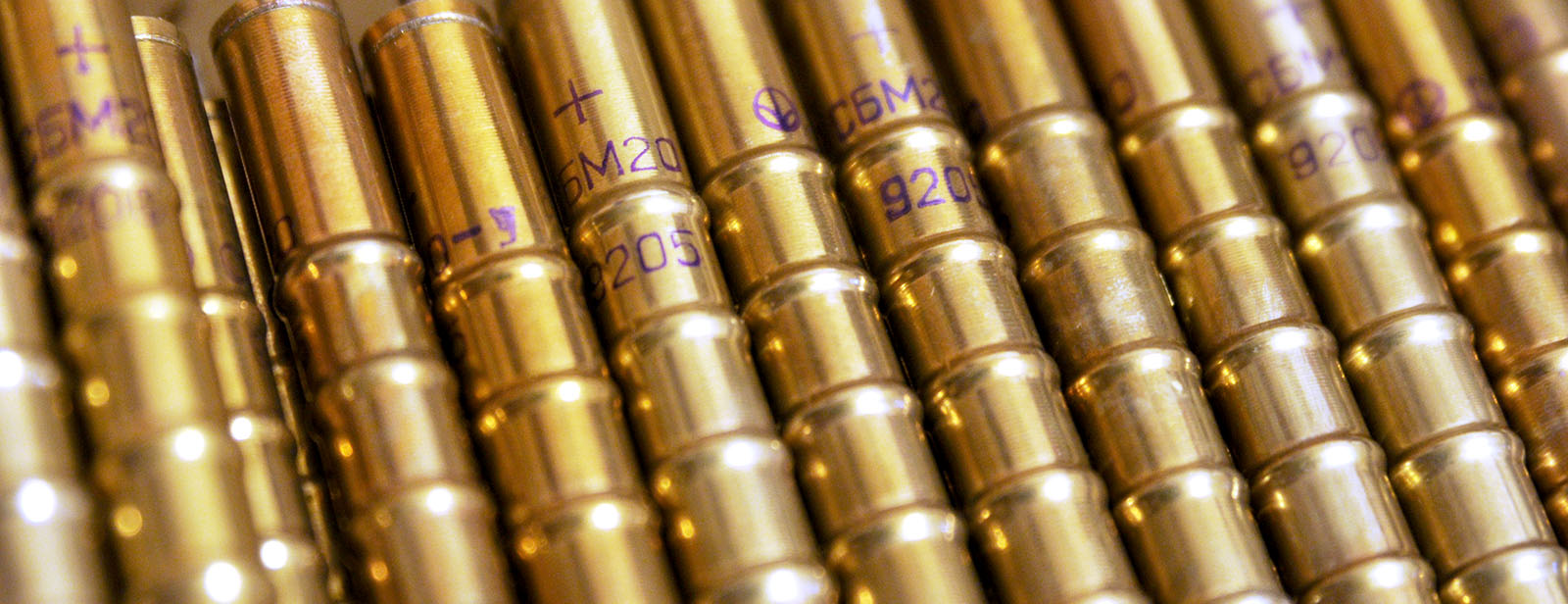
The Geiger Tubes
The Geiger tube is a gaseous ionization detector that uses the Townsend avalanche phenomenon to produce an easily detectable electronic pulse from as little as a single ionising event due to a radiation particle. It is used for the detection of gamma radiation, X-Rays, and alpha and beta particles. It can also be adapted to […]
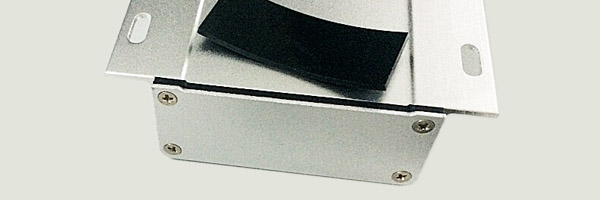
Producing the uRADMonitor – the rubber gaskets
As the uRADMonitor Model A is intended as a environmental radiation surveillance tool, that should be run outdoors, we’ve designed a rubber gasket for the aluminium enclosures, to make sure rain will not get in to damage the components. Now finally we saw the first components getting out of their factories and wanted to share […]
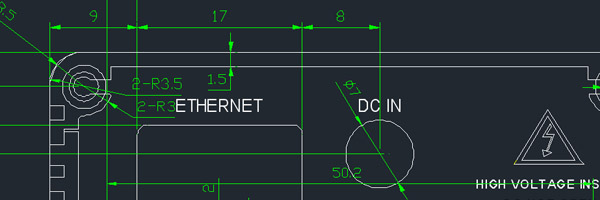
Producing the uRADMonitor – the aluminium enclosure
Moving from manually built prototypes to an industrial production line, is a huge step especially for a project in an incipient phase, like uRADMonitor. Yet, with strong determination, obstacles melt away, opening the path for the first civilian environmental surveillance network, available to everyone, at anytime, to offer real time data on radiation level trends […]
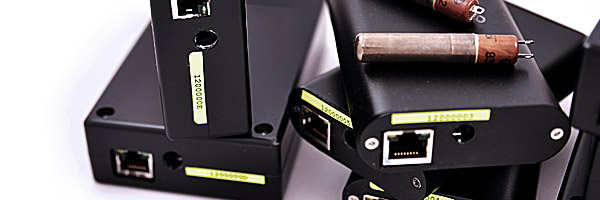
Rainproof plastic enclosure
uRADMonitor (Model A) is an environmental radiation surveillance device, designed to be mounted outdoors in close proximity to ground level (1 meter above ground). More detailed installation instructions can be found here: Tips for installing the uRADMonitor unit. As the monitors are running continuously, in case of nuclear contamination, the internal sensitive Geiger tube registers […]
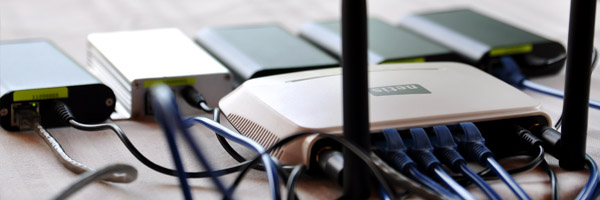
Wireless / WiFi Connectivity Guide
Due to popular demand, but also because wireless is better than installing wires, especially for some remote locations (and that’s where we usually need uRADMonitor installed), here’s a quick guide on connecting the uRADMonitor model A to the wireless network. Yes, uRADMonitor can be connected wirelessly to your home WLAN with the method presented in […]
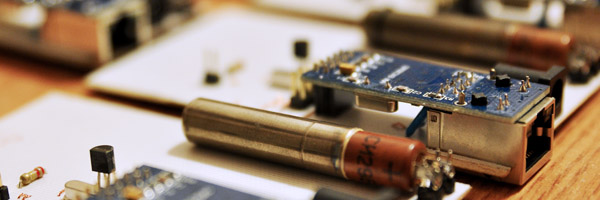
Building the uRADMonitor
It’s been a long road getting here, a road paved with constant innovation. And it’s a longer road ahead. The first uRADMonitor was a crude prototype, with jumping wires on a test board, it got its own PCB soon. The following models were a new design, more compact using the smaller SBM-20 and SI-29BG tubes, […]
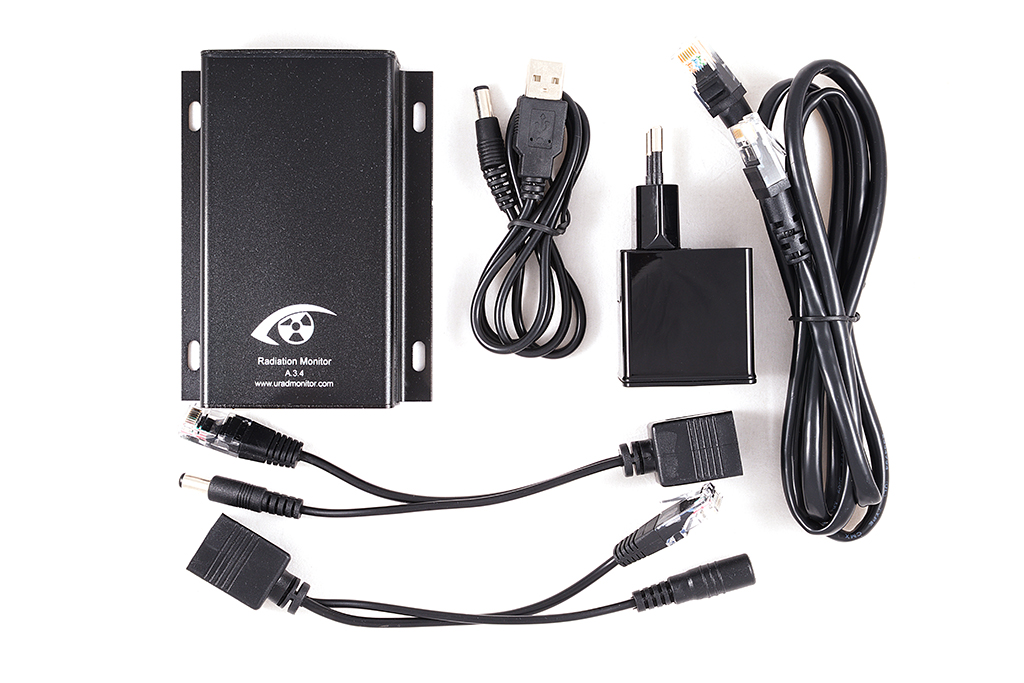
Tips for installing the uRADMonitor unit
The Power supply Each unit comes with Power supply (input 220V/110V EU/US for socket, output 5V and at least 0.5A), power cable (black) and Ethernet cable (1m long). The uRADMonitor device must be powered with a low power 5V supply. An adapter is provided with each uRadMonitor unit. If a longer cable is required, you […]

Five more units to join the network
In an effort of expanding the network, five more units are set to join the network in the following few days. They will get online in various locations all around the globe, to offer increased coverage and a better understanding of the background radiation variations. The units have been tested to assure they are properly […]
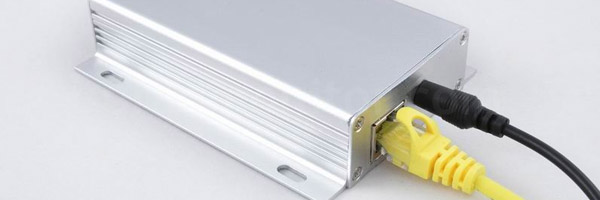
Quick details on uRADMonitor
There were lots of questions by email, on groups or on different channels regarding uRADMonitor. Many people are familiar with Geiger Counters, radiation and the basics on nuclear physics, but for some, the uRADMonitor remains a tiny black box – intriguing, but totally unknown. To answer some of these questions, here are a few more […]
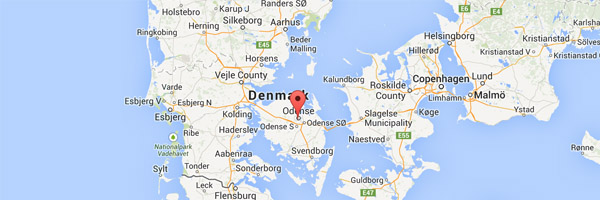
Unit in Odense, Denmark is back online
There is an uRADMonitor unit in Odense, Denmark that went silent for some time because of a failure in the high voltage internal inverter. This unit, part of an early set of first prototypes, was using a ferrite choke that eventually reached saturation with the increasing temperatures of the summer. As a result, the high […]
